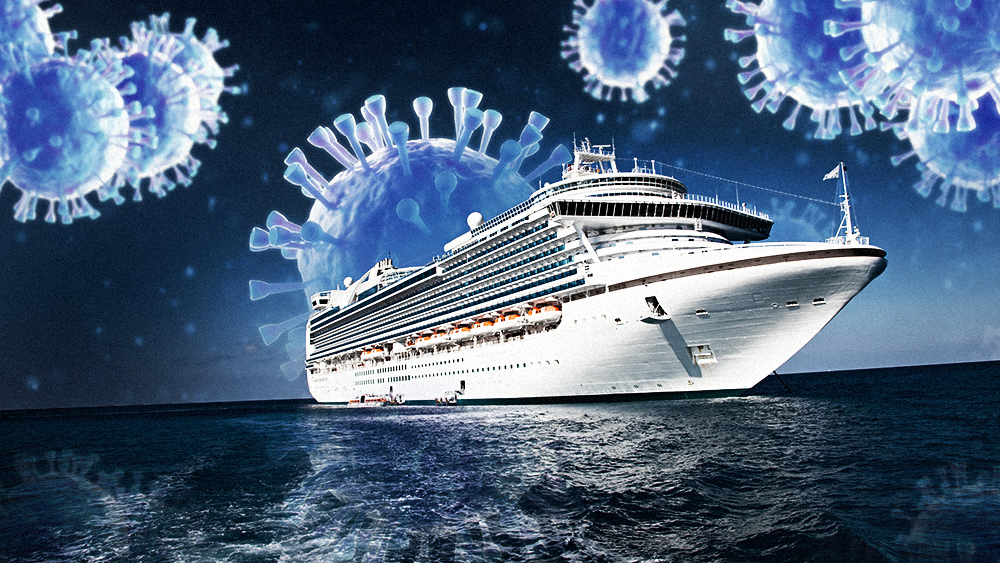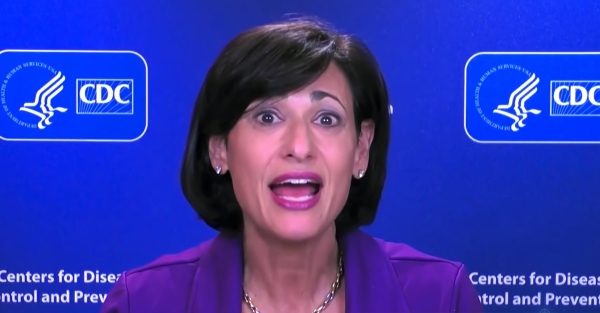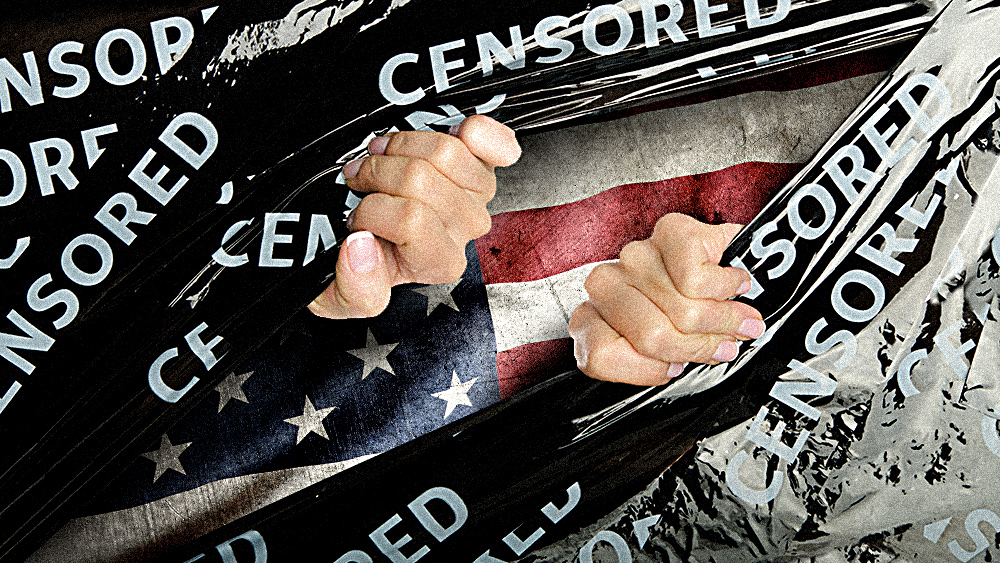
The Center for Disease Control and Prevention (CDC) has recently issued an order to allow cruise ships to resume operations. The conditional sailing order, which the agency announced Oct. 30, allows cruises to start operating again. The actual sailing, however, will not commence until operational requirements are met.
“The initial phases will consist of testing and additional safeguards for crew members. CDC will ensure cruise ship operators have adequate health and safety protections for crew members while these cruise ship operators build the laboratory capacity needed to test future passengers,” reads the CDC’s order.
The CDC’s follow up requirements for ships to resume sailing include running simulations to make sure that crew members on cruises have the ability to identify and tackle the risk of a Wuhan coronavirus (COVID-19) infection and allowing passengers on the ships in a manner that will reduce the risk of infection. In addition, cruise ship companies will need to certify that the ships themselves also pass certain requirements.
Cruise ships will sail once again, but under strict guidelines
Cruise ships have been sitting idle since March. Back then, the CDC suspended sailing amid the coronavirus outbreaking, instituting a no sail order for ships sailing out of U.S. ports on March 14. The order has since been extended multiple times but expires on Nov. 1. (Related: Two cruise ships with possible coronavirus infections held off Florida coast.)
Meanwhile, Carnival Corp., MSC Cruises, Norwegian Cruise Lines Holdings and the Royal Caribbean Group have all canceled sailings out of U.S. ports until Dec. 1.
Under Phase 1 of the CDC’s new guidelines, cruise lines are required to test all crew members on a weekly basis. In addition, they will also be required to run test voyages with volunteer passengers to ensure that their safety protocols effectively mitigate the risk of a COVID-19 outbreak while at sea. These protocols must also be approved beforehand by the CDC.
During the test voyages, cruise lines must simulate boarding and disembarking passengers; excursions to private islands, isolation of symptomatic passengers and crew, quarantining of remaining passengers and crew and evacuation procedures.
In addition, the CDC guidelines limit voyages to seven or fewer days. Cruise lines must also administer COVID-19 tests to all of their passengers on the day they board and they day they disembark.
Only after the CDC has reviewed the simulated voyage will the agency decide, on a case-by-case basis, whether a ship is allowed to resume cruise operations in the U.S. That said, cruise lines will have the right to appeal the CDC’s decision should their applications to resume cruises be denied.
“This framework provides a pathway to resume safe and responsible for sailing,” said CDC Director Robert R. Redfield in a statement. “It will mitigate the risk of COVID-19 outbreaks on ships and prevent passengers and crew from seeding outbreaks at ports and in the communities where they live.”
Cruise reopenings come as COVID-19 caseloads are on the rise
Miami-based Royal Caribbean Group praised the CDC’s decision to allow the resumption of sailings.
“Today’s announcement establishes a pathway for our ships to return to service, and that’s an important step in the right direction,” the company said in a statement. “While we are eager to welcome our guests back on board. We have a lot to do between now and then, and we’re committed to taking the time to do things right.”
However, the CDC’s decision to allow cruises comes when new COVID-19 cases and deaths are on the rise in 47 states. This includes Florida, home of Port Canaveral, where cruises account for 76 percent of the port’s total revenue at U.S.’s second-busiest cruise port, which welcomes nearly 5 million cruise passengers annually.
According to the Florida Department of Health, the state reported 5,592 new COVID-19 cases on Friday, the state’s highest total in 10 weeks. This brings the state’s total caseload to just over 800,000. This rising caseload could complicate efforts to reopen cruises, which in turn could also contribute even more COVID-19 cases should the new guidelines not be implemented properly.
Follow Pandemic.news for more on COVID-19 and how it’s affected travel and tourism in the U.S.
Sources include:
Please contact us for more information.




















